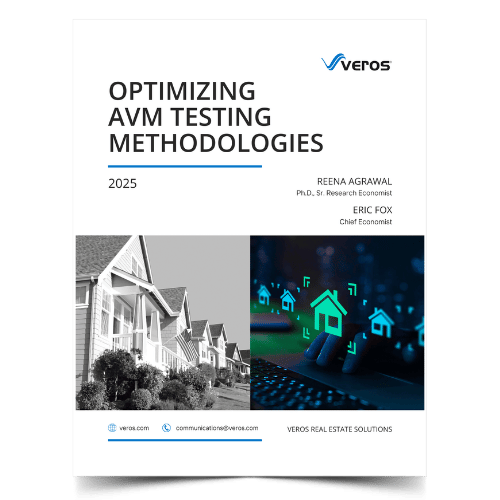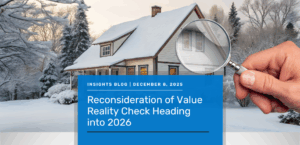Home prices have been soaring over the last two years – by around 12% in 2020 and 18% in 2021. Mortgage rates have climbed too, going up from 2.7% at the end of 2020 to 4.7% at the end of Q1 2022. According to the Mortgage Bankers Association PAPI, mortgage payments increased by $337 in February 2022 compared to a year earlier. Will rising mortgage payments finally bring a halt to the rising house prices? The data suggests that while some first-time homebuyers are getting priced out of the housing market due to affordability, prices are being driven by demand from repeat and all-cash buyers as they compete for a low supply of homes.
Most analysts expect mortgage rates to trend upwards, although the current rates have already priced in expectations of tightening monetary policy this year. Despite the recent hike, mortgage rates at or near the 5% mark are still low compared to the average mortgage rate of over 12% in the 1980s, 8% in 2000s and over 6% during 2001-08. A further 7% rise in home prices over the next year based on Veros’ latest forecast, combined with higher mortgage rates will increase mortgage payments further. This will make homes unaffordable for some prospective first-time home buyers who do not have enough savings to use as down payment or earn enough to make the mortgage payments. The share of first-time home buyers declined from 31% in February 2021 to 29% in February 2022.
| Median Sales Price of Existing Homes* | 30-Yr FRM | Monthly Payment with 20% Down Payment | Income Required | |
|---|---|---|---|---|
| Dec. 2020 | $280,000 | 2.67% | $1,389 | $66,672 |
| Dec. 2021 | $320,000 | 3.11% | $1,632 | $78,336 |
| Mar. 2022 | $360,000 | 5.11% | $2,156 | $103,488 |
| *Source: Veros data on sales of existing single-family homes and condos | ||||
The table shows that in 2020, a median priced home could be bought with an annual income of $67,000 (assuming a down payment of 20% and 25% share of income going to mortgage). Due to increase in sales price and mortgage rates, a median priced home would require an income of over $103,000. This assumes that the homebuyer can afford the 20% down payment of $72,000. The median net worth of all renter households was just under $6,300 in 2019 implying that many lack enough savings to use as down payment or the income to make mortgage payments.
On the other hand, existing homeowners have built considerable net worth. A typical homeowner had a net worth of $255,000 in 2019. Further, these households have witnessed a surge in their home equity over the past two years. The median sales price of an existing home increased by $80,000 from December 2020 to March 2022, adding to the net worth of existing homeowners, thereby facilitating their desire to upgrade to a bigger house, move to a new location, or buy a second home. Further, the average loan-to-value ratio for all home purchase mortgages in the U.S. stood at 81.7 in Q2 2021, which was the lowest value since Q2 2008, indicating that households have not been resorting to excessive borrowing to purchase homes as prices have increased. Demand from existing homeowners and all-cash buyers, together comprising around two-thirds of all home purchases, is fueling house prices as they compete for a low supply. The inventory of existing homes for sale declined from 1.03 million in February 2021 to 0.87 million in February 2022, implying that buyers are now competing for fewer homes. Until more homes are added to the housing supply either through new construction or more people selling their homes, prices are likely to remain strong. On the other hand, demand for housing is being supported by historically low unemployment rates and rising wages, and demographic changes in the U.S. population. So, while housing affordability for first-time homebuyers is diminishing, the other categories of homebuyers competing for a low inventory of homes will keep driving up prices, until demand and supply start to balance out.

About Reena Agrawal, Research Economist
Reena Agrawal received her PhD in Economics from Vanderbilt University and MA in Economics from The Ohio State University and has several years of industrial experience in economic research and analysis.







